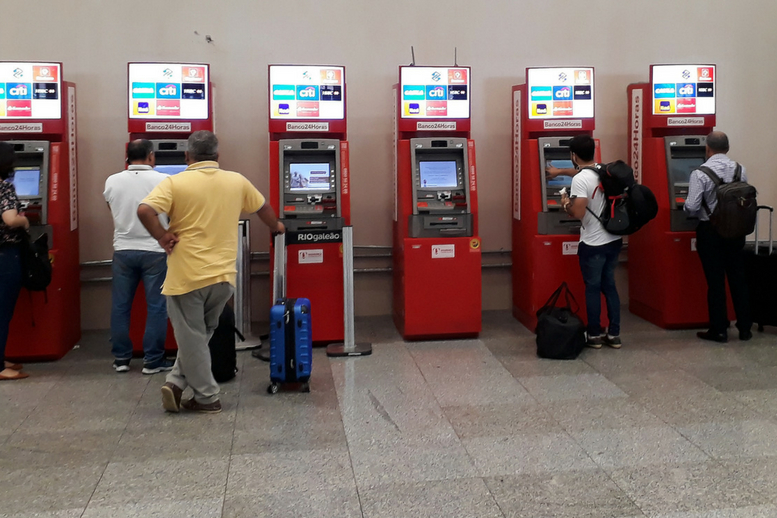
15 June, 2018
New regs cut partner bank requirement for Brazilian startups
Este contenido es exclusivo para la comunidad de iupana. ¿Quieres unirte a nuestra comunidad de líderes de banca, fintech y pagos - y acceder a este contenido exclusivo?
Ya tienes un registro? Inicia sesión
